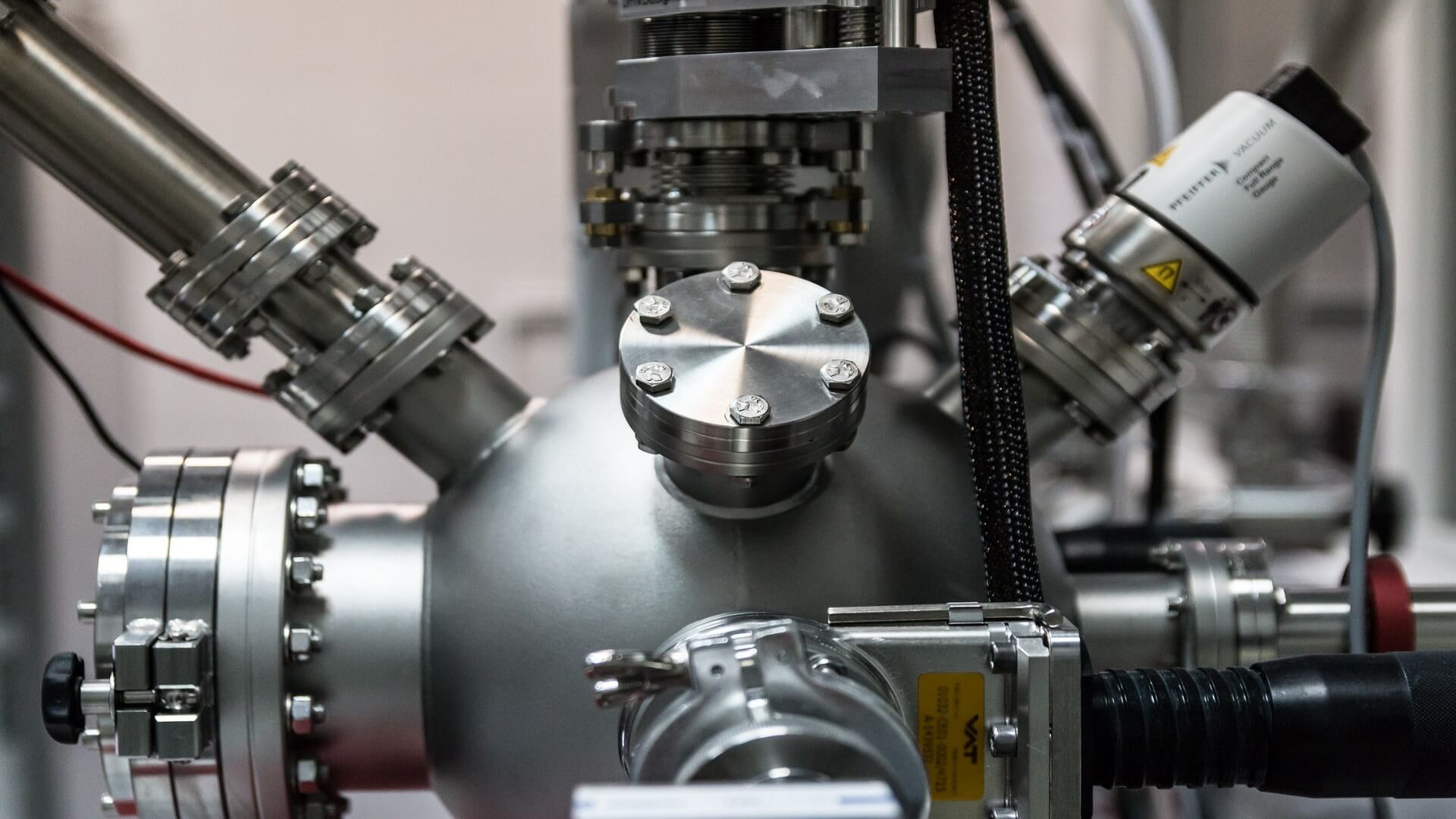When most people think about the construction process, they imagine a site that is constantly bustling with workers and heavy machinery. However, there is another side to construction that many people don’t see – the dewatering process. This process is key to keeping work sites dry and safe, but it can be difficult to understand without some background information.
This blog post will dive deep into the dewatering process and explain how it works! It will also discuss some of the common challenges associated with dewatering and how to overcome them. So, whether you are a construction worker or simply someone who is curious about how things work, read on to learn more about dewatering!
What Is Dewatering?
Dewatering is the process of removing water from a construction site. This can be done for a variety of reasons, but the most common is to create a dry environment so that work can safely and effectively take place. Dewatering is typically done using pumps, which are used to remove water from the soil and transport it to a holding tank or another location. There are two main types of dewatering pumps – submersible and centrifugal. Submersible pumps are designed to operate underwater, while centrifugal pumps are used for dry conditions. There are also OEM pumps that are designed for specific applications. These can be used for a variety of purposes, such as removing water from swimming pools or removing oil from an area. Also, there are a variety of accessories that can be used with pumps, such as hoses and pipes.
How Does Dewatering Work?
Dewatering typically begins with the excavation of a trench. This trench is then used to install a well point, which is a small metal tube that is inserted into the ground. A pump is then attached to the well point and water is drawn out of the ground and into the pump. The pump then transports the water to a holding tank or another location. The water that is removed from the ground is called “effluent.” The dewatering process can be used to remove groundwater, rainwater, or any other type of water that is present on a construction site. For example, if there is a high water table on a construction site, dewatering can be used to remove the water and make the site dry enough to work on.
What Are the Common Challenges Associated with Dewatering?
There are a variety of challenges that can be associated with dewatering. One of the most common is the risk of groundwater contamination. This can occur if the effluent is not properly disposed of and it leaks into the groundwater. Another challenge that can be associated with dewatering is the risk of soil erosion. This can happen if too much water is removed from the ground, which can cause the soil to become unstable. Additionally, dewatering can also cause sinkholes to form if it is not done properly.
How Can These Challenges Be Overcome?
There are a variety of ways that the challenges associated with dewatering can be overcome. One way is to use an effluent management system. This system can be used to properly dispose of effluent and prevent it from leaking into the groundwater. Additionally, soil erosion can be prevented by using a soil stabilization technique. This technique involves adding a layer of material to the ground that will help to hold the soil in place. Additionally, sinkholes can be prevented by using a properly designed dewatering system.
What Are the Benefits of Dewatering?
There are many benefits to dewatering a construction site. One of the most obvious benefits is that it can make a construction site dry enough to work on. Additionally, dewatering can also help to improve the stability of the ground and prevent sinkholes from forming. Additionally, dewatering can also help to protect groundwater from contamination. For instance, if an effluent management system is used, it can help to properly dispose of effluent and prevent it from leaking into the groundwater. Or, if a soil stabilisation technique is used, it can help to hold the soil in place and prevent erosion.
Dewatering is a crucial step in the construction process because it enables work to be done safely and effectively in a dry environment. Dewatering presents a variety of difficulties, but they can be addressed with careful preparation and execution. Dewatering has numerous other advantages, including shielding groundwater from contaminants and reducing the formation of sinkholes. Dewatering should therefore be considered while designing a construction project. You can guarantee a secure and fruitful project by doing this.

































